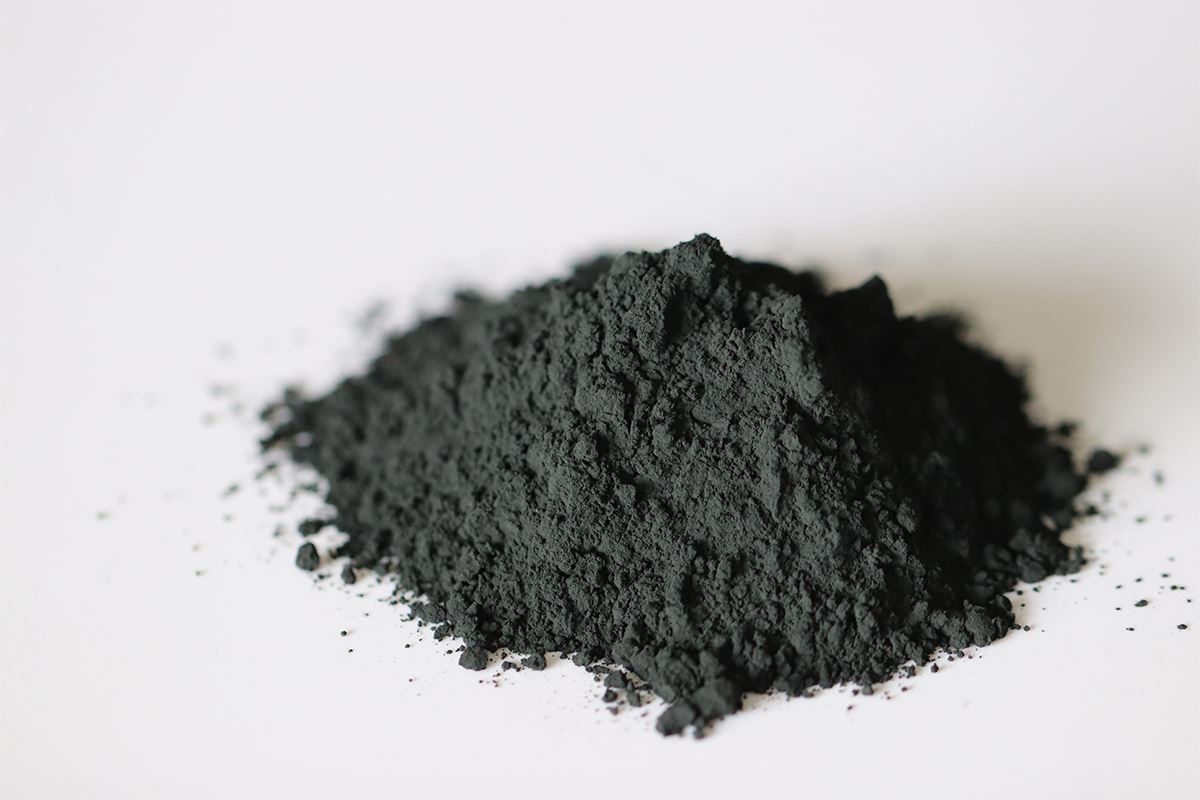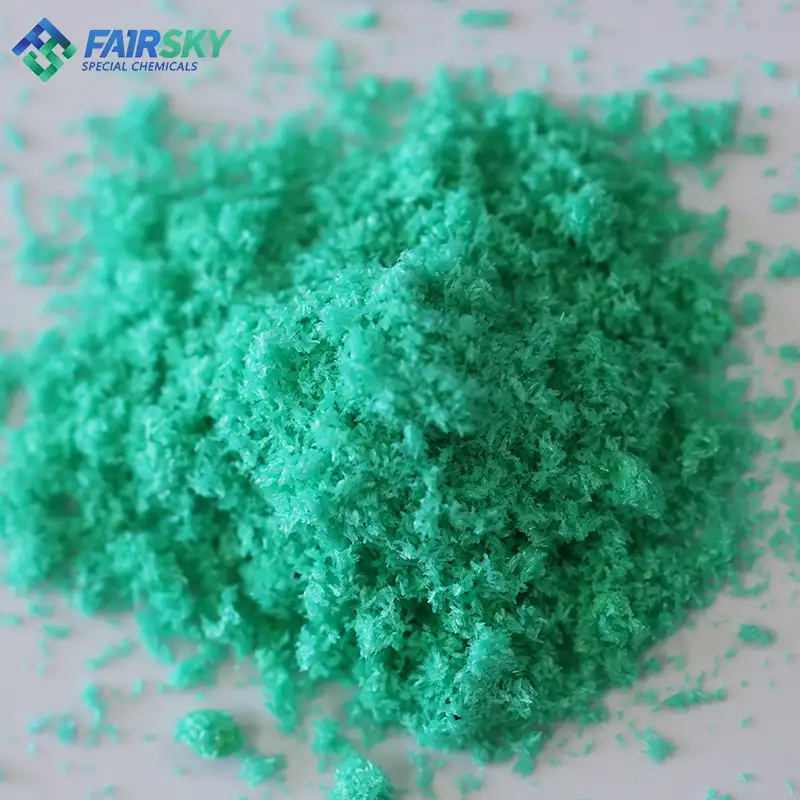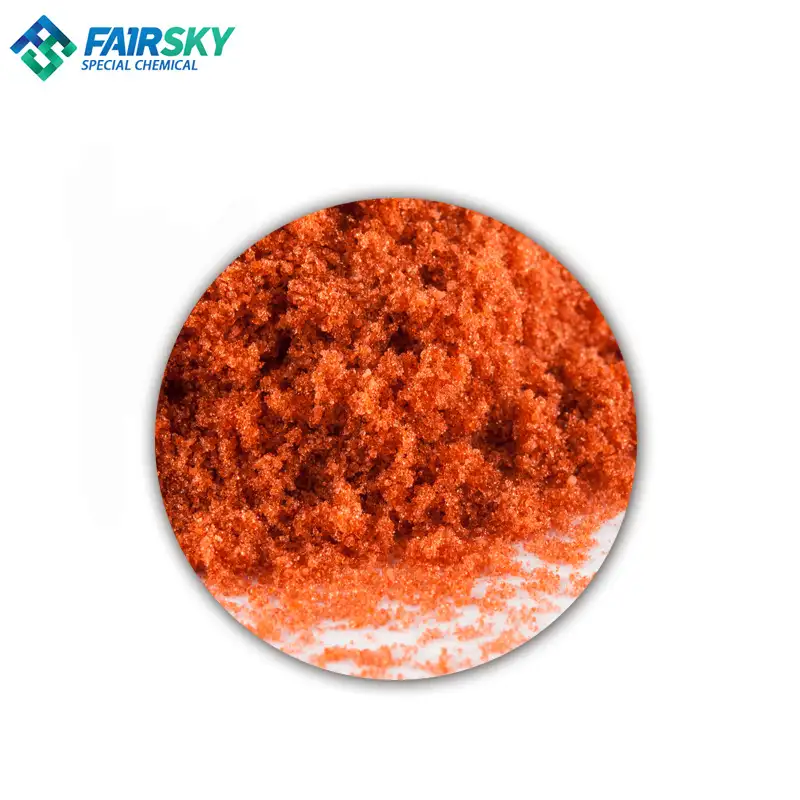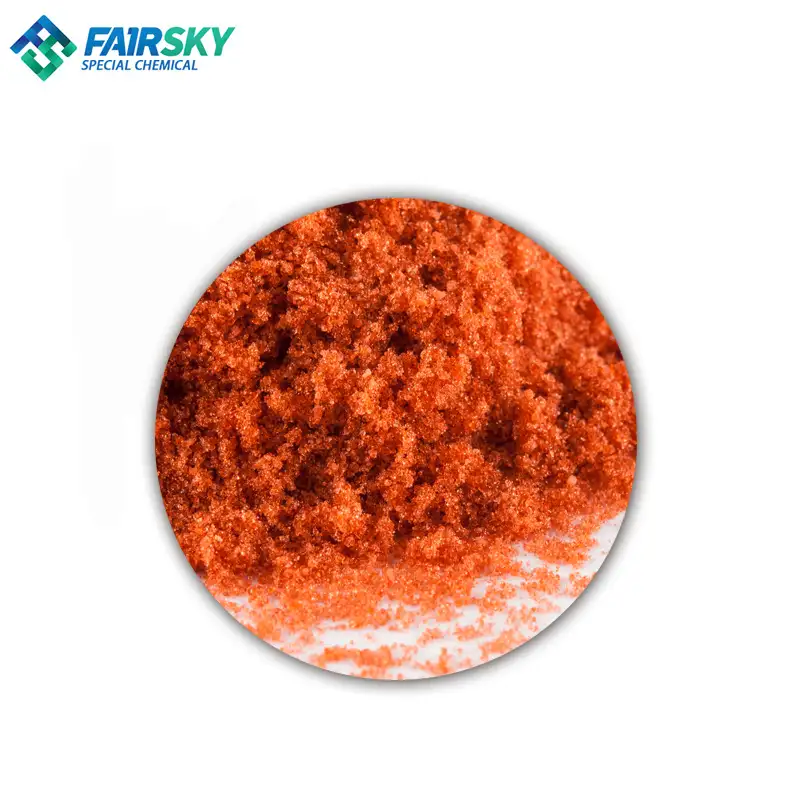Cobalt Oxide
CAS NO. 1307-96-6
Molecular weight 74.93
Formula:CoO
Basic introduction
Cobalt oxide (CO203) is a high-valence oxide of cobalt with theoretical cobalt content of 71.06% , oxygen content of 28.94% and density of 6.079/CM3. It's a black amorphous powder that forms cobalt(II,III) oxide when heated. Cobalt oxide is an unstable and unlikely free compound. The commonly referred to cobalt oxide actually still contains a certain amount of cobalt(II,III) oxide. CO203 is stable only when it is hydrated, and this hydrate dehydrates to intermediate oxide cobalt(II,III) oxide at 265 °C. Cobalt oxide can be reduced to cobalt(II,III) oxide by H2 at 125 °C, to CoO at 200 °C and to cobalt metal at 250 °C. Cobalt oxide is insoluble in water and soluble in acids to form corresponding salts.

Physical Properties
Appearance and properties: usually gray powder, sometimes green-brown crystals.
Melting Point (C) : 1935
Relative Density (water = 1) : 6.45
Solubility: insoluble in water, soluble in acid, sodium hydroxide solution, etc. .
Cobalt oxides are of three kinds: cobalt(II) oxide, cobalt(II,III) oxide, and cobalt oxide (CO203) . Cobalt(II) oxide is a low valent oxide of cobalt that appears Grayish Green, Brown, Pink, and Dark Gray depending on how it is prepared and how pure it is. The theoretical cobalt content is 78.65% , the oxygen content is 21.35% and the melting point is 5.7ー6.79 CM3 at 1935 °C, respectively. The COO crystal is face-centered cubic, and the lattice constant a = 4.24x10-10m. The gray-green COO powder is easy to turn Brown in the air, and the pink CoO powder is stable in the air, even if it is left for a long time, it will not produce high-valence oxide. Cobalt dissociates from oxygen at high temperatures in the cobalt(II) oxide, at 1000 °C at a pressure of 3.36 x 10-12 atmosphere. The cobalt(II) oxide is easily reduced to cobalt by H 2, C or Co under heating conditions. Cobalt(II) oxide is soluble in acids and Alkalis but insoluble in water, alcohol and ammonia. A variety of pigments can be made from cobalt(II) oxide, which reacts with silicon dioxide, alumina, or zinc oxide at high temperatures.
Main uses
It is used to make cobalt, which is used to make tungsten cobalt cemented carbides, cobalt magnetic alloys, which are then oxidized to cobalt(II,III) oxide, which is used as the cathode material for cobalt lithium batteries, used as colorant for glass, enamel, ceramics, magnetic materials, binders, Sky Blue, cobalt blue, cobalt green, etc. , and as a micronutrient for livestock. Used as catalyst in chemical industry.
Preparation method
It is made from cobalt carbonate or cobalt nitrate, which is decomposed by heating in an inert atmosphere.
Application category
Paint additive
In the manufacture of various paint when the addition of cobalt oxide, the production of paint performance has improved, especially in the paint plays a role as a drier, that is, in the use of paint easy to dry quickly, in order to increase the application rate. This is good for the quick application of paint.
Enamel and ceramic pigments
After adding oxidation drill into enamel material, corrosion resistance and abrasion resistance can be improved. In a variety of building materials and daily ceramics, cobalt oxide made into blue pigment or glaze coated in ceramic products, after calcination presents a bright-coloured ceramics, more artistic.
Refined Petroleum Catalyst
Cobalt products have a long history as catalysts in petroleum refining and play an important role in promoting the development of oil refining. If some alloy catalysts are made of cobalt, aluminum and iron, it is very important to use cobalt oxide as petroleum catalyst, which is indispensable to accelerate petroleum refining. Therefore, the use of cobalt oxide catalyst has become an important status in recent years.
Battery Industry
Cobalt compounds, such as cobalt powder and cobalt oxide powder, can improve the Proton conductivity of Ni (OH)2, decrease the oxidation potential and increase the oxygen evolution potential. In the early stage of charging, the electrode can be fully charged, and the Ni (OH)2 can be fully converted into Niooh, at the same time, the oxygen precipitation can be controlled, the charging efficiency can be improved, and the specific capacity of the electrode can be increased.
Raw materials for other products
For example, cobalt powder is produced by reducing cobalt oxide with hydrogen at a certain temperature, which is used to make cemented carbide, cobalt ingots are obtained by electrolysis with aqueous solution of acid-dissolved cobalt oxide, which is used as additive of high temperature and high strength alloy steel Cobalt oxide is made into acidic cobalt solution, which can be chemically processed to produce cobalt salts such as COC2, CoS04, CO3 and CoC204. Therefore, pure cobalt oxide is widely used as intermediate material. In addition, the use of cobalt oxide in the electrical industry such as phosphor additives and other chemical applications has also developed rapidly. In a word, the application fields of cobalt oxide will be expanded continuously.
Related Hazards
Health Hazards: Can Cause Pharynx Mucosa irritation symptoms, and then gastrointestinal irritation symptoms, can have vomiting and abdominal cramps, high body temperature, leg weakness, and so on. Non-occupational exposure causes Polycythemia, cardiomyopathy, and GOITER, which can lead to dermatitis.
Danger of explosion: The product is non-flammable and irritating.
Related measures
First Aid measures
Skin contact: Remove contaminated clothing and rinse with running water.
Eye Contact: lift eyelids and rinse with running water or saline. See a doctor.
INHALATION: remove from site to fresh air. If breathing is difficult, give him oxygen. See a doctor. Food intake: drink plenty of warm water, induce vomiting. Use the antidote.
Fire protection measures
Hazard Characteristics: No special combustion and explosion characteristics.
Harmful combustion products: cobalt oxide.
Fire-fighting methods: Firemen Must Wear full-body fire-proof and gas-proof clothing and put out the fire in the upwind direction. When putting out a fire, move the container as far as possible from the fire site to an open area.









